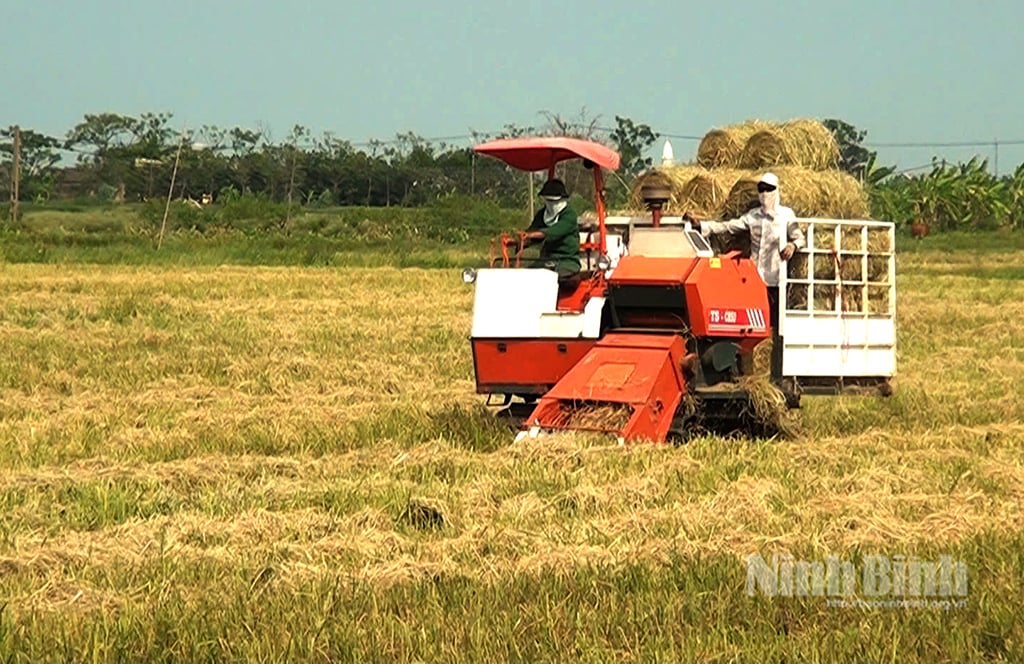
From linear thinking to value cycle
In the context of increasingly depleted natural resources and increasing pressure on environmental pollution, the circular economy is no longer a slogan but an inevitable direction. This is a smart agricultural production model, using effectively and continuously reusing resources and waste, to minimize costs, protect the environment and optimize productivity.
Imagine: Instead of the wasteful linear process of “Exploitation-Production-Consumption-Disposal”, circular agriculture brings us into a closed cycle. Livestock waste becomes fertilizer for plants, dry straw becomes a source of nutrients for the soil, and even food for animals. That is the transformation from the mindset of “do it once and throw it away” to the mindset of “Reduce-Reuse-Recycle”, towards a green agriculture and a clean living environment.
Dr. Mai Thanh Luan, Faculty of Agriculture, Forestry and Fisheries (Hong Duc University) shared: “Circular agriculture is not something too far-fetched or complicated. It is simply a way for us to re-evaluate the value of 'waste' and find ways to turn them into new resources. This not only helps farmers save significantly on input costs but also contributes to protecting land and water resources - the core elements of sustainable agriculture.” Keeping up with the trend of green agriculture and circular agriculture, many farmers in the province have successfully applied family economic development models, turning theory into inspiring success stories.
A typical example is Mr. Dinh Xuan Hong in Phuc Loc village, Phu Loc commune, Nho Quan district. Entering his nearly 2-hectare integrated farm, you will see a miniature agricultural ecosystem full of vitality. With hundreds of guava, custard apple, and grapefruit trees laden with fruit, along with deer, wild boars, chickens, ducks, geese, and fish, Mr. Hong has built an impressive closed production model. His secret lies in proactively preventing epidemics and maximizing the use of waste as fertilizer.
Mr. Hong is steadfast in his “3 no’s” policy: no pesticides, no chemical fertilizers, no preservatives. Livestock waste is carefully collected and put into a biogas tank to create clean gas, then the waste is composted with microorganisms to create high-quality organic fertilizer.
Mr. Hong excitedly shared: “This method not only saves tens of millions of VND in fertilizer costs each year but also helps increase fruit tree productivity by about 5%. More importantly, my products are always welcomed by the market because of their safety and superior quality.” Thanks to this model, his family earns from 400 to 500 million VND each year, while protecting the environment and public health in a sustainable way. This is clear evidence that circular agriculture contributes to creating a closed ecosystem, increasing the value chain for the agricultural sector.
Not only Mr. Hong, many other circular models are also being replicated throughout Ninh Binh . Specifically: Reusing crop by-products, straw is no longer a waste product that is burned and causes pollution, but becomes a valuable raw material for growing straw mushrooms, bringing significant income to farmers. Straw is also buried in the soil as organic fertilizer, or treated with biological products to improve the soil, and as animal feed.
Or the rice-shrimp, rice-fish models are popular in Nho Quan and Gia Vien districts. Not only do they bring high economic efficiency (increasing income 5-10 times compared to only growing rice), but they also reduce diseases and environmental pollution thanks to the interaction between crops and livestock. In addition, the moderation of inputs, limiting the use of chemical fertilizers, pesticides, and growth stimulants, and instead applying safety measures such as fruit wrapping, using pest-resistant varieties and microbial fertilizers are also helping farmers reduce input costs and increase production efficiency.
Challenges and roadmap to the future
Agriculture is still identified as an important economic sector of Ninh Binh. To cope with the challenges of climate change and the requirements of sustainable development, the province has been strongly promoting circular economy in agriculture.
According to the Department of Agriculture and Rural Development, currently, a part of crop by-products have been collected and reused. Livestock waste is also effectively treated through biogas tanks, biological bedding, or composting. The whole province has 21 facilities certified by VietGAP and 8 facilities meeting organic standards in cultivation (Cuc Phuong ginseng, Hoa Vang tea...); nearly 5,000 hectares of rice apply organic production; 92/119 communes are granted growing area codes; 1 vegetable and fruit area is eligible for export; 1 bivalve mollusk farming area is certified by ASC to meet export standards to the EU.
Despite many positive results, the development of circular agriculture in the province still faces significant challenges. The awareness of people and businesses about the circular economy is not really adequate; many places still focus on increasing output with chemicals, neglecting waste treatment. The policy framework on the circular economy is not yet complete, and spontaneous models are still numerous. Investment in research on appropriate technology is still limited, and production linkages along the value chain are not really strong.
Mr. Bui Huu Ngoc, Director of the Center for Agricultural Extension and Trade Promotion, Department of Agriculture and Environment, commented: “Ninh Binh has great potential to develop circular agriculture. However, a synchronous change in thinking is needed from the management level to each household. We not only need to invest in technology but also need to strengthen education, raise awareness, and build specific and synchronous support policies to motivate farmers and businesses.” To overcome these challenges and maximize potential, in the coming time, Ninh Binh's agricultural sector will focus on key solutions.
Including: Developing programs to disseminate knowledge, legal regulations and practical benefits of circular agriculture to all subjects, from managers to people and businesses. Integrating circular economy content into education to form sustainable thinking early. Building a solid legal framework, issuing mechanisms to encourage investment and apply technology to circular agricultural production. Prioritizing investment in research on solutions for treating and reusing agricultural waste and by-products effectively, suitable for local conditions. Supporting the development of a stable output market for circular agricultural products. Promoting close links between farmers, cooperatives and businesses to form sustainable value chains from production to consumption. At the same time, seeking opportunities for international cooperation and exchanging experiences with countries with developed circular agriculture.
The synchronous application of these solutions is expected to help increase at least 20% of added value in the agricultural product chain, while contributing to building Ninh Binh's agriculture to be increasingly green, modern and sustainable, creating a prosperous future for the people of the ancient capital.
Source: https://baoninhbinh.org.vn/nong-nghiep-tuan-hoan-chia-khoa-cho-tuong-lai-ben-vung-328718.htm










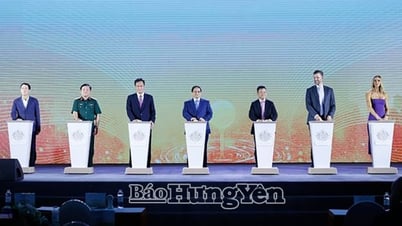

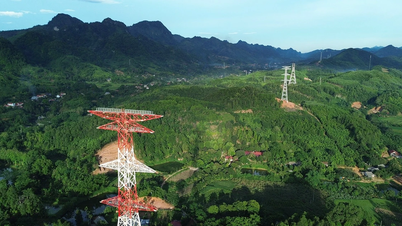

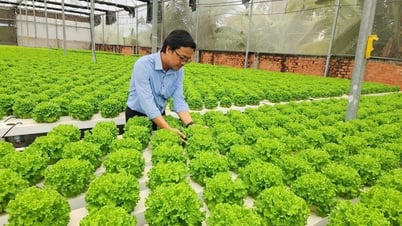

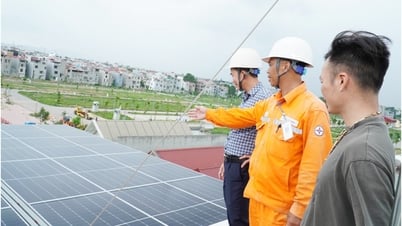









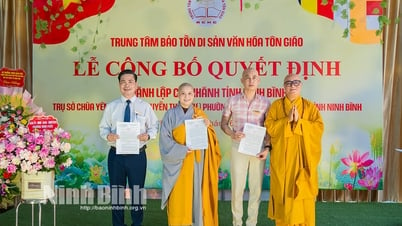
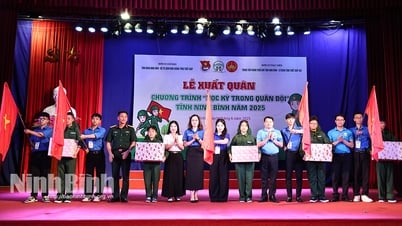
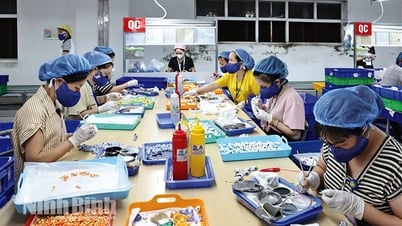
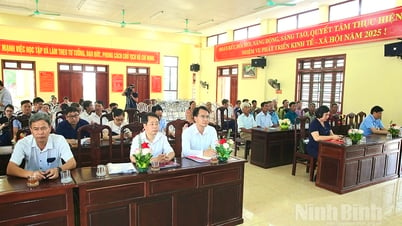

































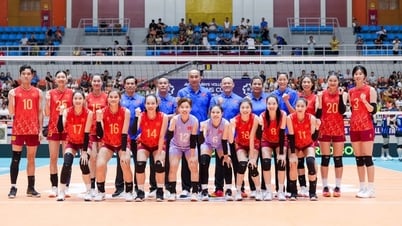
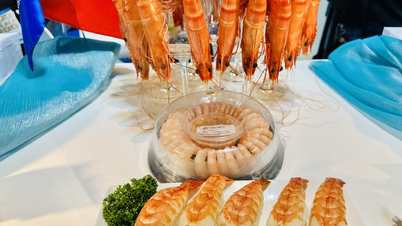











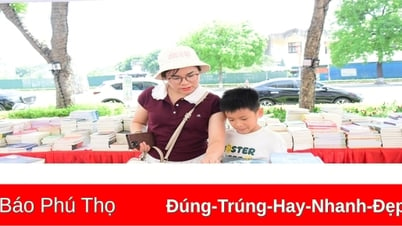

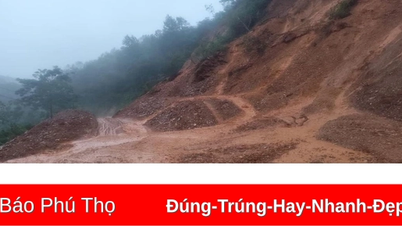
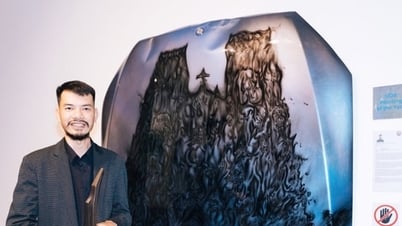


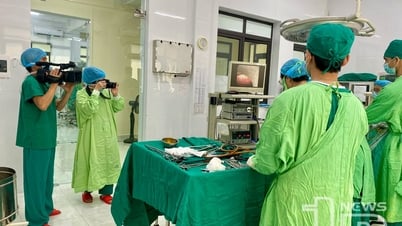








![[OCOP REVIEW] Tu Duyen Syrup - The essence of herbs from the mountains and forests of Nhu Thanh](https://vphoto.vietnam.vn/thumb/402x226/vietnam/resource/IMAGE/2025/6/5/58ca32fce4ec44039e444fbfae7e75ec)


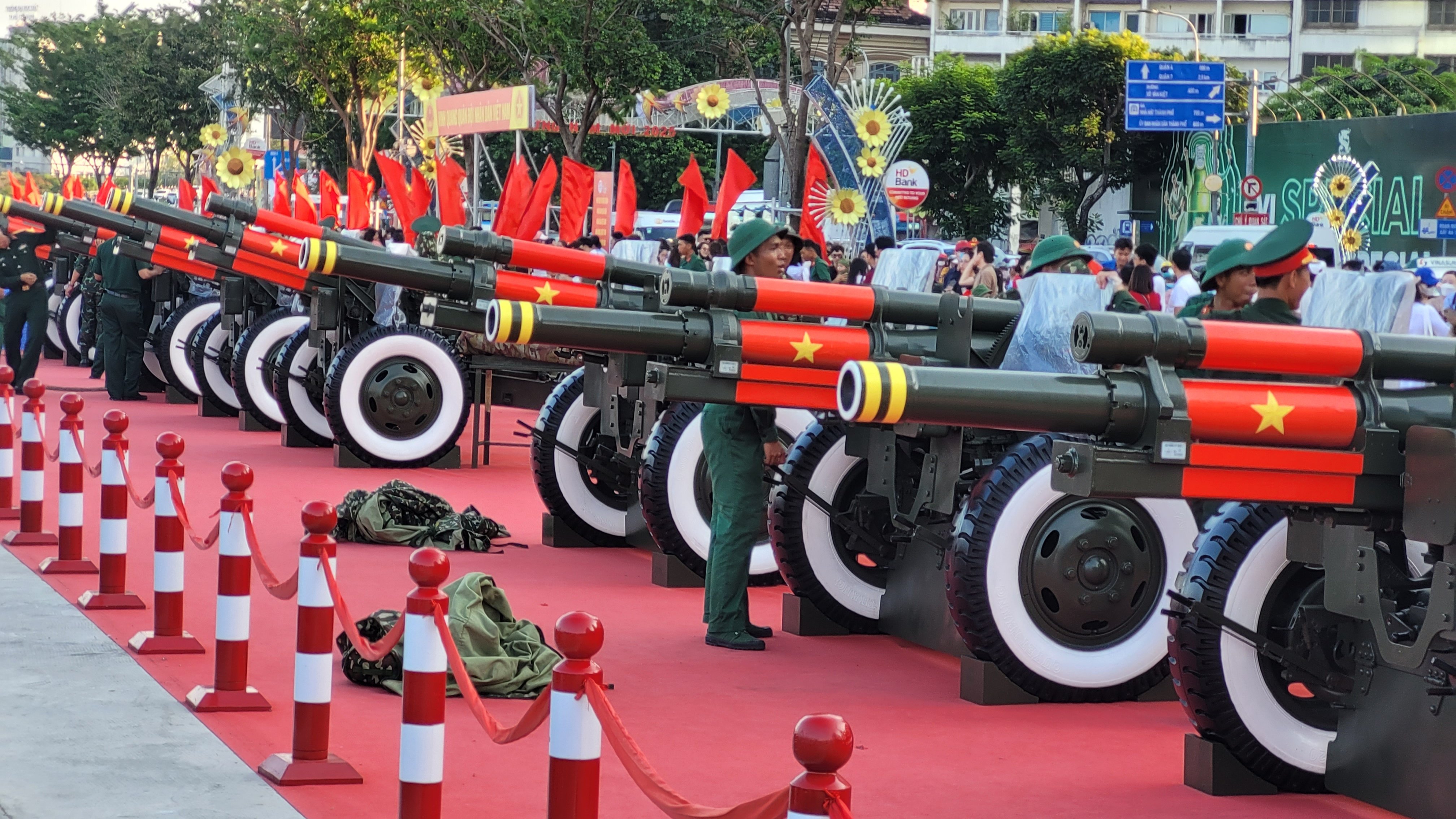

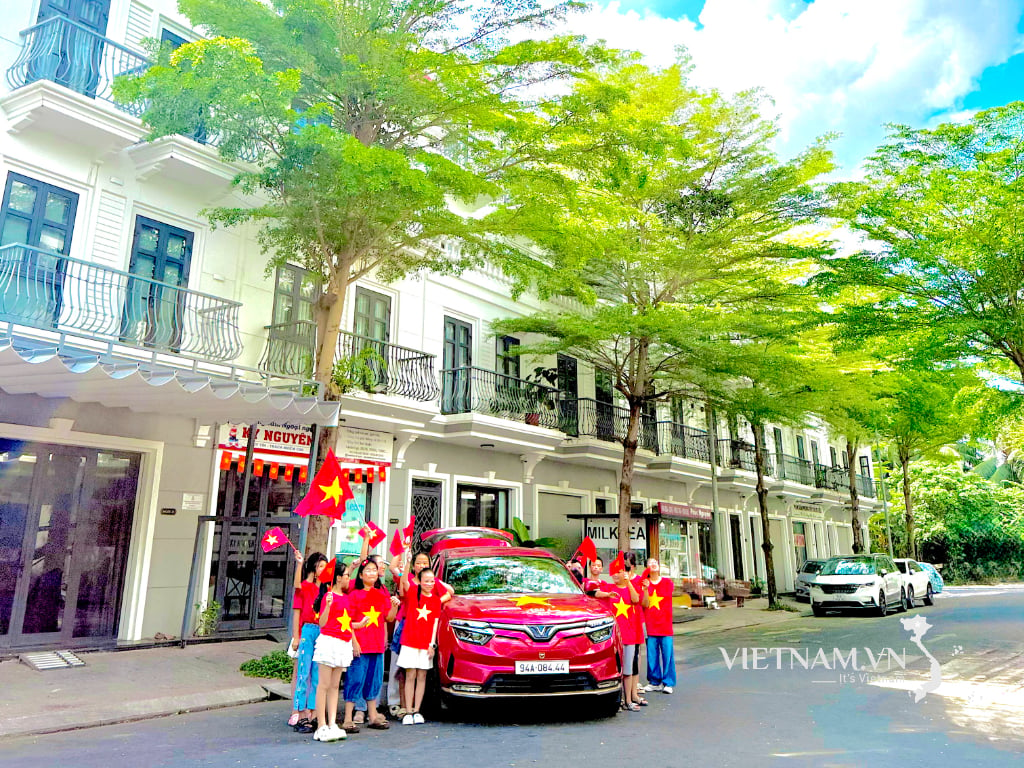

Comment (0)